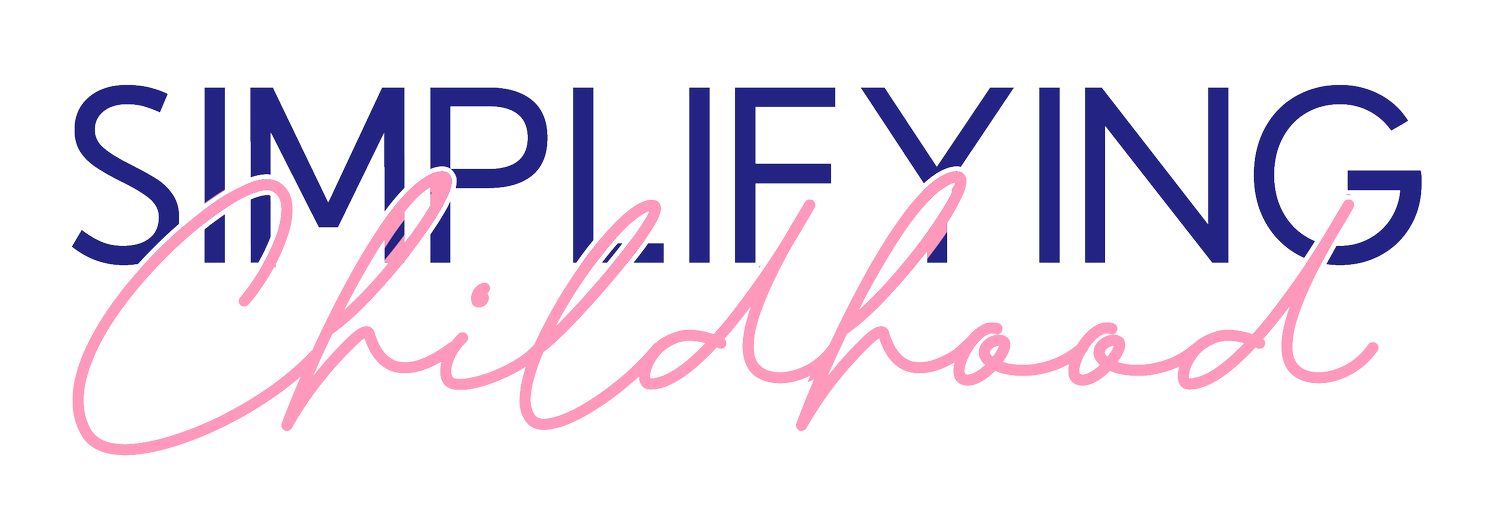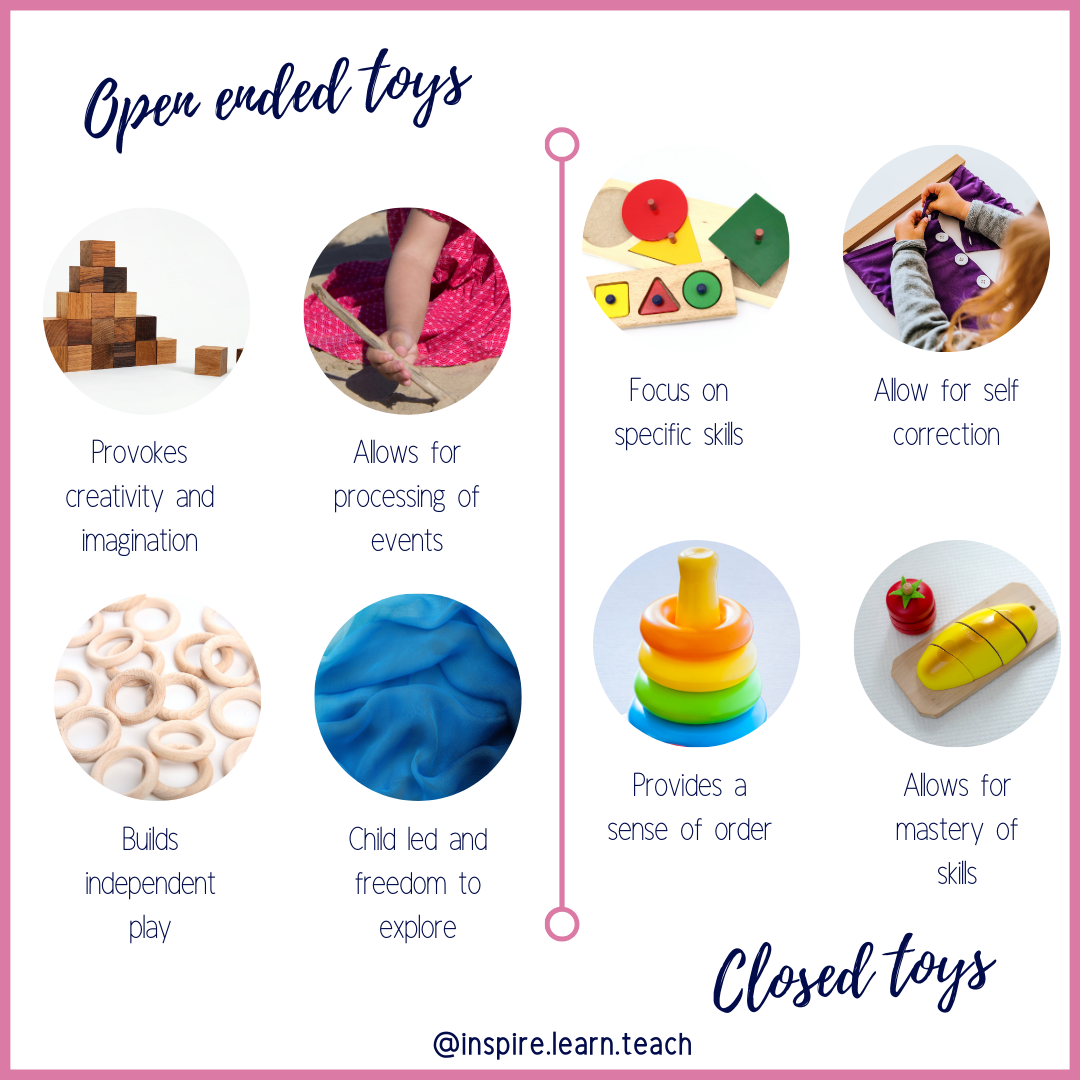Open-ended vs Closed Toys
Okay so there is so much fuss about wooden toys, you cannot scroll Instagram without seeing all these beautiful and expensive wooden toys … but what’s the fuss about. Quite frankly, the best feature of wooden toys isn’t the material, it is that most are open-ended (not all). So, what does open-ended mean and why should you care.
What are closed toys?
Closed toys have singular purpose and way to play with them. Image a toy car, regardless of how you look at it, it is always a toy car. Or a puzzle, there is only one way to complete the puzzle, there is a right and wrong way.
Items with a single purpose are a cornerstone to the Montessori method as these allow for a control of error and for children to direct their own play. Our cylinders, although wooden are closed in nature as there is a right and wrong way to complete it and the puzzle automatically forces the child to correct their actions to be able to complete the puzzle.
These allow for children to focus on a set skill and master it with a clear sense of accomplishment. They generally have a control of error for the child and you will find that the level of challenge will be particular to you child for a set period of time.
What are open-ended toys?
Open-ended toys are items that do not have a set singular purpose but rather can be used in a range of play. Think of a wooden rectangular block, it can be a car, a phone, a bottle, a plane. There isn’t only one way to play with it or one single purpose. My Happy Helpers put it perfectly, “There are no rules. There are no instructions. There are no guidelines.” As parents, we need to let go of our expectations of the play to truly allow a material to be open-ended and not direct our child on how to play (more on Child-led here). This also provides a space where there is no right or wrong, and children' can not make mistakes, as they can change the narrative at any point.
So why is this so good? Because it allows for creativity, problem-solving and opens opportunities for free and independent play.
Open-ended Toys Benefits
Problem Solving
Engineering
Creativity
Concentration
Hand-eye coordination
Gross motor development
Language and vocabulary building
Mathematical thinking
Scientific thinking
Literacy
Social/emotional development
So, should you be throwing out all your closed toys?
No! There is room on every play shelf or in every toy box for a range of toys and each serves a different purpose. This is about balancing what you have and making a conscious choice about the toys you want to provide.
Have a go at sorting your child’s toys out into two categories, open and closed. Decide which best describes each item then physically place it in a pile. At the end, look at your piles, how many do you have in the closed pile? How many in the open pile? Is there a balance you are happy with?
Consider, if you want to promote more creativity, can you put away some of the closed items (I’m looking at you - wooden fruit) and see what else your child uses to replicate these items. If you are wanting to build your child’s ability to categorise items, do you add more plastic animals out with some learning cards?
It all comes back to the purpose of the play, rather than labeling an item good or bad. And finding a balance for your home, your child’s needs as well as following their lead.
If you find once your sort them that play still seems unfocused then consider, how many items you have out by checking out my blog on doing a toy audit or on setting up a prepared play space.
Want More Information
Everything you need to know about Open Ended play - U Me Play
Top 10 Open Ended Toys to have - Stories of Play



